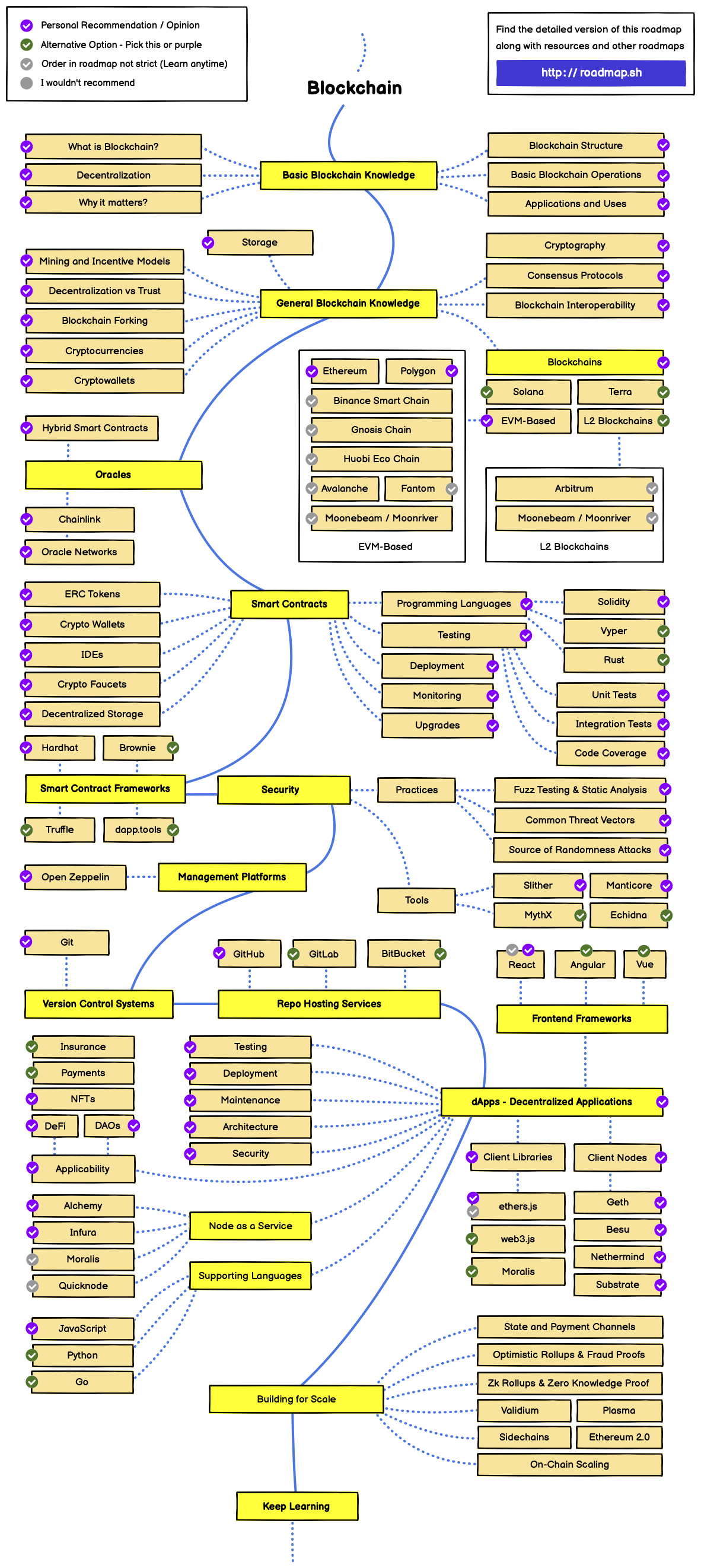Your basket is currently empty!

Understanding the Basics of Blockchain: Transparency, Resilience, and Trust
Unlike traditional centralized systems, blockchain operates without a single controlling entity, distributing data across a network of interconnected computers. This distribution fosters transparency and resilience, making it resistant to manipulation and censorship.The blockchain’s ledger is not stored in a single location but rather replicated across multiple nodes in the network. This distribution ensures that the data remains accessible and consistent, even if individual nodes fail.

While some blockchains are permissioned, restricting access to authorized participants, others are public, allowing anyone to join the network and view the ledger. This openness promotes transparency and trust.
A blockchain serves as a digital record of transactions, securely storing each transaction in a block. These blocks are then linked together in a chronological chain, forming an immutable record of transactions.

You can also explore these valuable resources:
- Blockchain Facts: What is it, How it works, and How it can be Used
- YouTube’s How Does a Blockchain Work?
- YouTube’s What Is a Blockchain? | Blockchain Basics for Developers
- Mark Petherbridge’s An Elementary and Slightly Distilled Introduction to Blockchain
Check out blog for more!
Leave a Reply